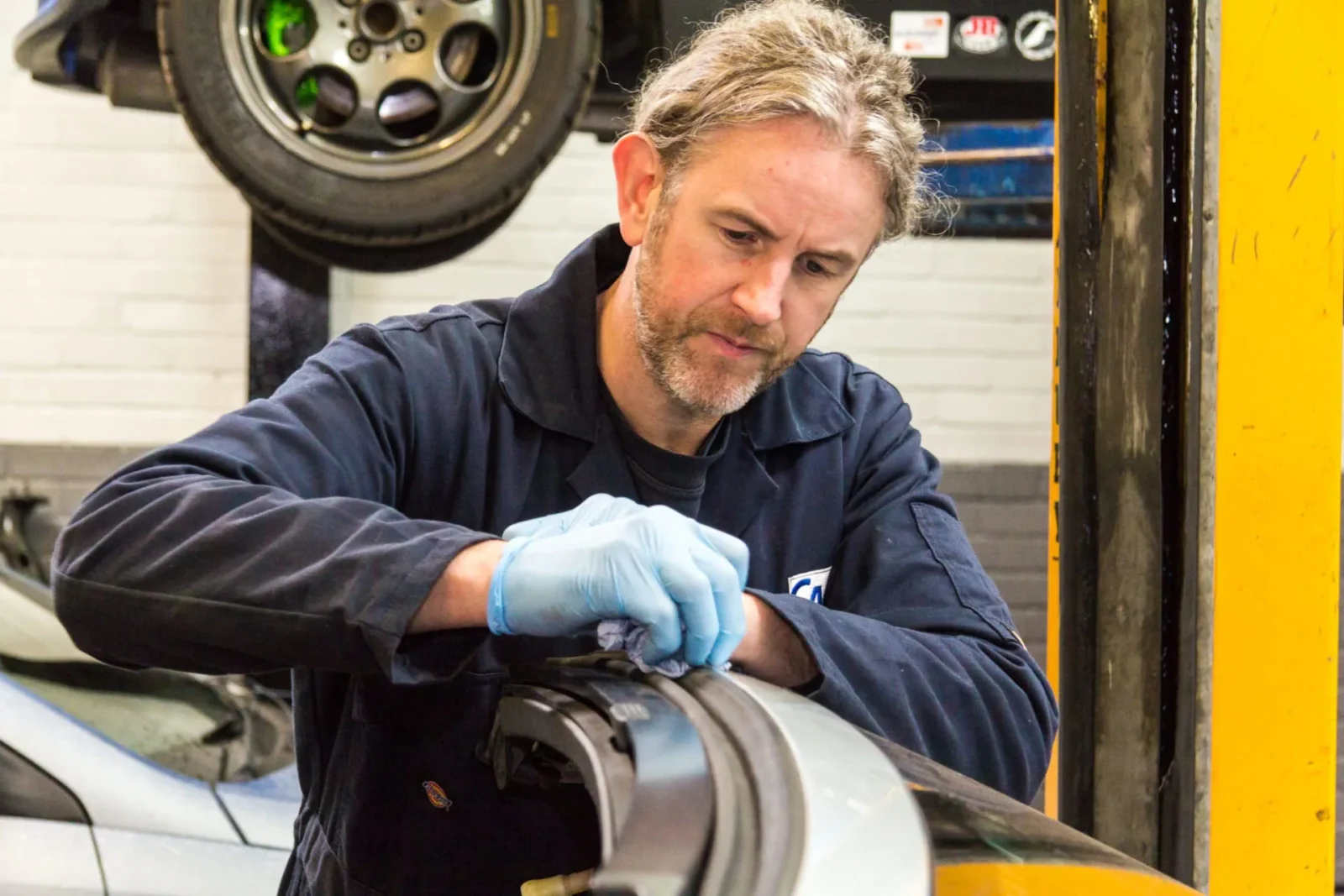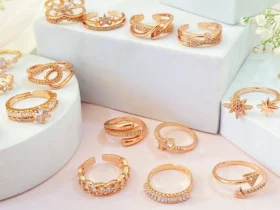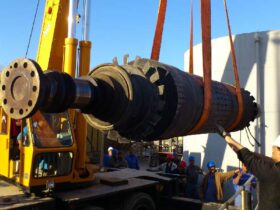Key Takeaways:
- Choosing the right material for a convertible top: Vinyl, cloth, or canvas
- Consider weather-resistance when selecting a convertible top
- Pick a color or pattern that complements the car’s exterior
- Proper installation requires the right tools and careful alignment
- Common issues with convertible tops include leaks, rips, and mold
- Maintenance tips include regular cleaning, UV protection, and proper storage
Converting a sedan or coupe into a convertible can be a thrilling experience. The feeling of wind in your hair and open sky above you is unparalleled. However, convertible tops are subject to wear and tear over time, and eventually, they require replacement.
Choosing the Right Convertible Top
When it comes to choosing a convertible top, there are several factors to consider. Let’s explore them below:
1. Understanding Material Options
Convertible tops are available in various materials, each with its own advantages and disadvantages. The most common options include:
– Vinyl: Vinyl convertible tops are affordable and durable. They are resistant to harsh weather conditions and can be easily maintained with regular cleaning.
– Cloth: Cloth tops provide a softer and more luxurious look. They offer better insulation and soundproofing compared to vinyl. However, they may require more care and maintenance.
– Canvas: Canvas tops are known for their durability and resistance to fading. They provide a classic and elegant appearance but may be more expensive compared to vinyl or cloth.
2. Considering Weather-Resistance
Weather-resistance is a crucial factor to consider when choosing a convertible top. You want a top that will protect you from rain, snow, and other harsh weather conditions.
Look for tops that are made with weatherproof materials and have tight and secure seals when installed. Additionally, consider features such as insulation and soundproofing if you live in an area with extreme temperatures or noisy surroundings.
3. Picking the Perfect Color or Pattern
The appearance of your convertible top can greatly enhance the overall aesthetics of your vehicle. Choose a color or pattern that complements your car’s exterior and reflects your personal style.
Neutral colors like black, gray, and beige are popular choices as they tend to match well with most car colors. However, if you want to make a statement, consider bold colors or unique patterns that stand out.
Tips for Proper Installation
Once you have chosen the right convertible top, it’s important to ensure proper installation to achieve optimal results. Here are some tips to guide you through the process:
1. Tools You’ll Need
Before starting the installation, gather all the necessary tools. These may include a screwdriver, wrenches, staple gun, adhesive, and a trim removal tool, among others. Make sure you have everything on hand to avoid any delays or interruptions during the installation.
2. Removing the Old Convertible Top
The first step in replacing a convertible top is to remove the old one. Start by carefully detaching the top from the frame, ensuring you don’t damage any components in the process. Take note of how the old top is attached, as this will help when installing the new one.
Remove any staples, bolts, or adhesive that secure the top to the frame. Once the old top is completely detached, clean the frame thoroughly to remove any residue or debris.
3. Installing the New Convertible Top
Installing the new convertible top requires precision and attention to detail. Begin by aligning the top with the frame, making sure it sits evenly and smoothly. Use the appropriate adhesives or staple gun to secure the top in place.
Work carefully to avoid any wrinkles or creases in the fabric. Make sure all edges are properly aligned and fastened. As you progress with the installation, check that the top operates smoothly and effortlessly.
Common Issues and Troubleshooting
Even with proper maintenance, convertible tops can encounter certain issues over time. Here are some common problems and troubleshooting tips:
1. Leaks and Water Damage
One of the most common issues with convertible tops is leaks and water damage. If you notice water seeping into the interior of your car during rain or car washes, it’s crucial to address the issue promptly.
Inspect the seals and weatherstripping around the top for any signs of wear or damage. Replace any worn-out parts and ensure they are properly aligned and sealed. Applying a silicone-based sealant can also help prevent water penetration.
2. Rips, Tears, and Holes
Over time, convertible tops may develop rips, tears, or holes due to various factors such as weather exposure, sharp objects, or vandalism. Small tears can often be repaired using a patch and adhesive specifically designed for convertible tops.
For more significant damage, it may be necessary to replace the affected section or the entire top. Consult a professional for accurate assessment and repair or replacement options.
3. Dealing with Mold and Mildew
Mold and mildew can thrive in moist environments, which makes convertible tops susceptible to their growth. To prevent mold and mildew, it’s essential to keep the top clean and dry.
If you notice any signs of mold or mildew, address the issue promptly. Use a mildew remover specifically designed for convertible tops and follow the manufacturer’s instructions. Additionally, regularly clean and dry the top to prevent the growth of mold and mildew in the first place.
Essential Maintenance for Long-lasting Convertible Tops
To ensure your convertible top stays in excellent condition for years to come, follow these maintenance tips:
1. Regular Cleaning and Care
Regularly clean your convertible top using mild soap, water, and a soft brush or cloth. Gently scrub the top to remove dirt, dust, and other debris. Avoid using harsh chemicals or abrasive tools that can damage the fabric or finishes.
Apply a convertible top protectant after cleaning to maintain the fabric’s color and protect it from UV rays and other environmental elements.
2. Protecting from Sun and UV Damage
The sun’s UV rays can cause fading, drying, and cracking of convertible tops. Whenever possible, park in shaded areas or use a car cover to protect the top from direct sunlight. Consider applying a UV protectant specifically designed for convertible tops for added protection.
3. Storing in the Off-Season
If you live in an area with harsh winters or plan to store your convertible for an extended period, proper storage is essential. Ensure the top is thoroughly cleaned and completely dry before storage to prevent the growth of mold or mildew.
Consider using a breathable car cover or storing the vehicle in a climate-controlled environment to protect the top from extreme temperatures, moisture, and other damaging factors.
By following these tips and guidelines, you can ensure a successful convertible top replacement, troubleshoot common issues, and maintain the longevity of your convertible top. Enjoy the open road and the limitless freedom that a convertible brings!










